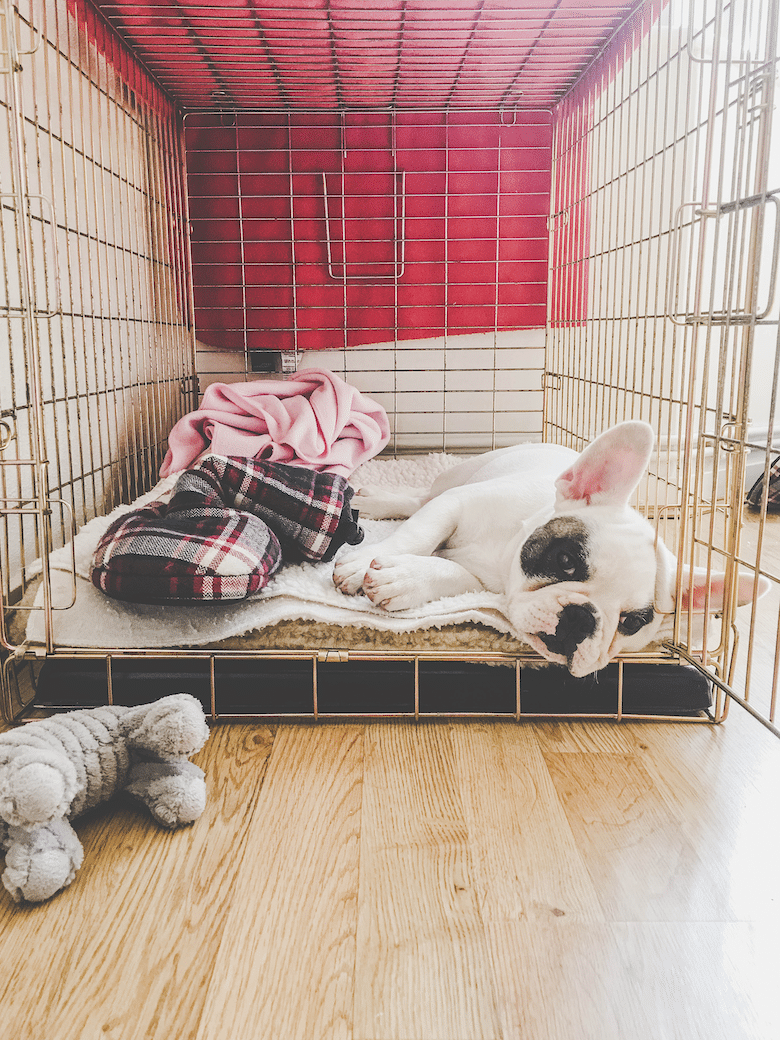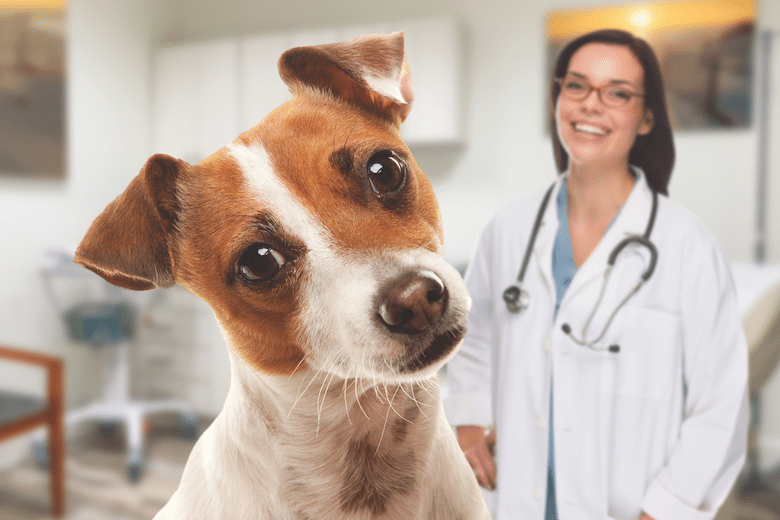“And then when we leave, she wails, barks and chews anything she can get. For hours! We’ve tried everything we can think of and it’s getting worse. When she was a puppy she was a bit clingy,” her owner reflected through misty eyes, “but we thought she just needed more attention or that she was neglected somehow.”
I had just listened to nearly 10 minutes of how tiny 2-year-old Terrier, Annie, was wrecking her human family’s home, literally. Her family had reached their breaking point, and I was Annie’s last chance. No pressure.

Signs and treatment of separation anxiety
Annie’s story is more common than you’d think. Separation anxiety is one of the most common canine behavioral problems, affecting up to 30% of dogs. I worry that number is far too low, with many dogs never diagnosed simply because there’s no evidence of their anxiety when the owner is absent. Many dogs begin panting, whining or pacing 10 to 30 minutes after being left alone, and unless there is self-harm or property damage, few owners are aware a problem exists.
This is one of the reasons I’m a fan of indoor pet cameras such as the Wyze Cam Pan that allow owners to peek at their pet’s behavior when they’re away. Video has become increasingly essential in the diagnosis and treatment plans for behavioral problems. When we examine videos of normal dogs, we find the majority cozy up and sleep when their owner is gone. However, dogs suffering from separation anxiety often:
✔ lick their lips excessively
✔ yawn repeatedly
✔ are hypervigilant and incessantly pace between windows and doors
✔ bark and whine
✔ may destroy furnishings
✔ may injure themselves
While these are observable actions, I’m very concerned about the physiological damage even seemingly “minor anxiety” creates. Chronic physiological stress has been linked to:
✔ decreased immunity
✔ increased infections
✔ digestive disorders
✔ weight gain
✔ conditions, such as diabetes, heart disease and cancer.
The risks of anxiety disorders in dogs far exceed annoying barking and shoe chewing.
Because Annie’s condition was advanced, I began a two-month trial of Reconcile (fluoxetine), an FDA-approved medication for canine separation anxiety. Another proven treatment is Clomicalm (clomipramine). Plus, I prescribed alprazolam, a fast-acting benzodiazepine, to be given one hour prior to departure.

Treat on all fronts
Successfully treating separation anxiety requires a multi-modal approach. I recommended that Annie’s owners place Adaptil (dog-appeasing pheromone) diffusers throughout the home. This aerosolized pheromone mimics a chemical nursing mothers secrete to calm puppies and has been shown to aid in treating anxiety. Although the research is limited but positive, I often offer the chewable nutritional supplement Anxitane (L-theanine) to my patients with separation anxiety.
I fitted Annie with an exciting innovation in treating canine anxiety, the Calmer Canine. While it looks like a futuristic doggie halo, the science of targeted pulsed electromagnetic field has been studied for years and is FDA-approved for human PTSD and depression. Annie would become an “angel” twice a day for 15 minutes for the first six weeks as part of our treatment.
Drugs and space-age technology wouldn’t be enough to solve Annie’s problem behaviors. Behavior modification is also essential. Taking Annie to work, finding a doggie daycare trained to handle anxiety or using a dog sitter could help Annie avoid anxiety triggers while the medications have time to work.
I also advised an entry-level food puzzle from Outward Hound to help keep her occupied when her owners needed alone time or space to work. We decided to create Annie’s “safe space” in the main bedroom. The blinds would be closed, Annie’s favorite bed fit alongside the bed, and soothing music could be played. Annie had reacted negatively to being in a crate,so the idea was to give her a calming place to go to avoid anxiety.
Finally, 30 to 45 minutes of daily aerobic activity like walks, playtime in the yard or training sessions (Annie had never learned “Sit” or “Down,” for example). Many early behavior problems can be resolved simply by more physical activities and interactions. Dogs need time to “be a dog,” and nothing beats outdoor jaunts or doggie playdates. Annie had a neighborhood “Bichon bestie” that I recommended they see more often.
At our two-week recheck, Annie was beginning to improve. After four weeks, I could tell a noticeable difference in her calmness during our visit, even when I asked her owner to leave the room for a “separation test.” By two months, we were beginning to reduce her medications. At our three-month visit, Annie’s mom reported she had “become an angel again.” We further reduced her medications, continued with the Calmer Canine and Anxitane, and started leveling up her physical activities, training (she was enrolled in doggie day school!), and even her food puzzles were getting more sophisticated. Over the next year, I occasionally got a call about an issue and we adjusted medications.
Annie’s anxiety is a common tale in the pet and veterinary world. With early recognition and intervention, pursuing an aggressive multimodal treatment plan and adhering to all recommendations and rechecks, many dogs can resume a normal life. Most dogs require lifelong treatment of some sort, but with a caring and dedicated family, dogs like Annie can truly return to being little angels.
Featured Image: Feverpitched | Getty Images
Read Next: Going Back to the Office? Here’s How to Prepare Your Dog






